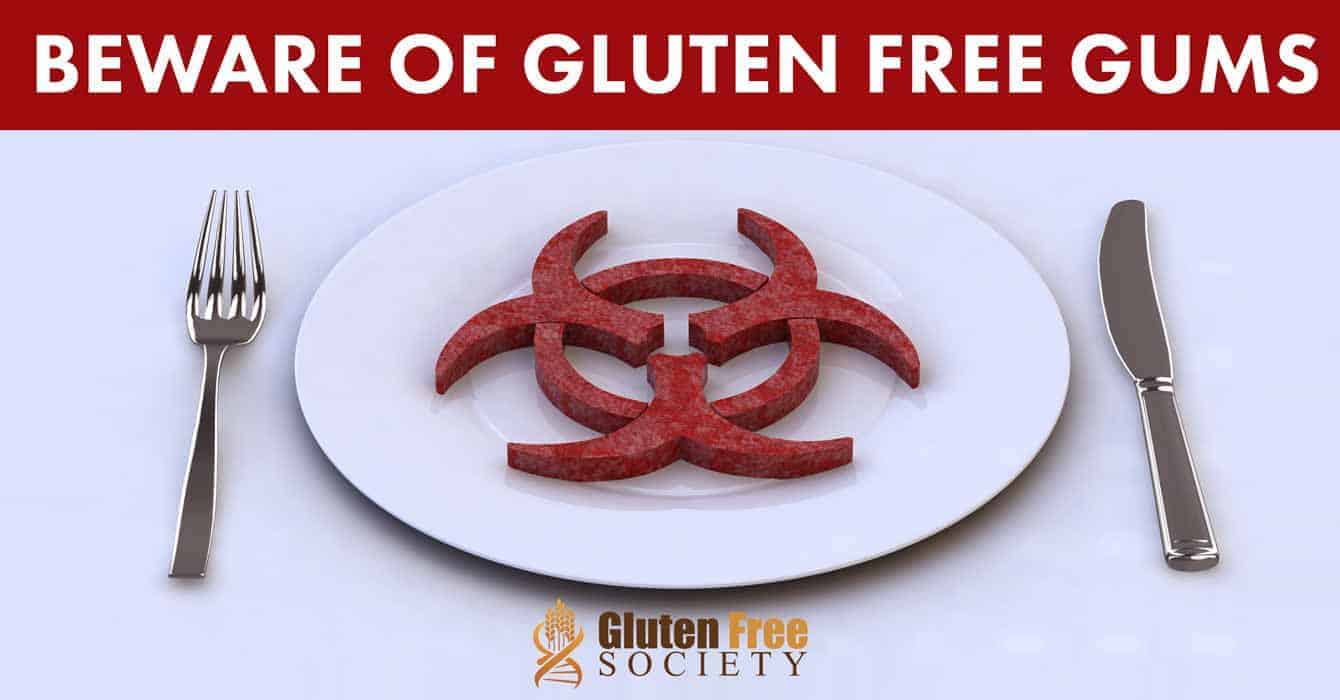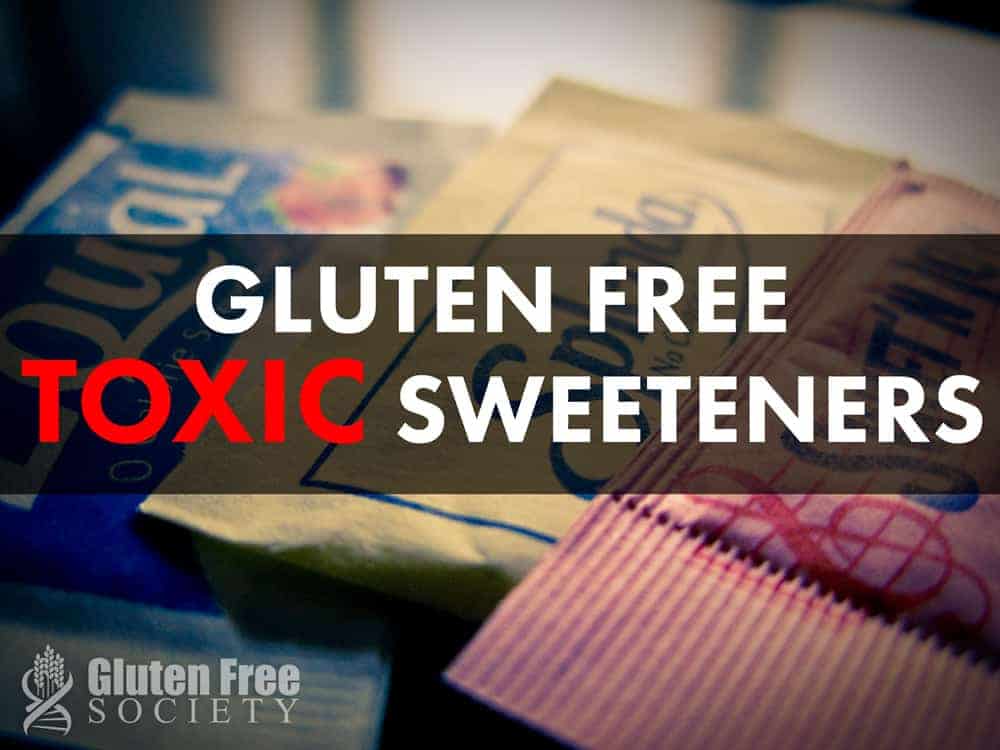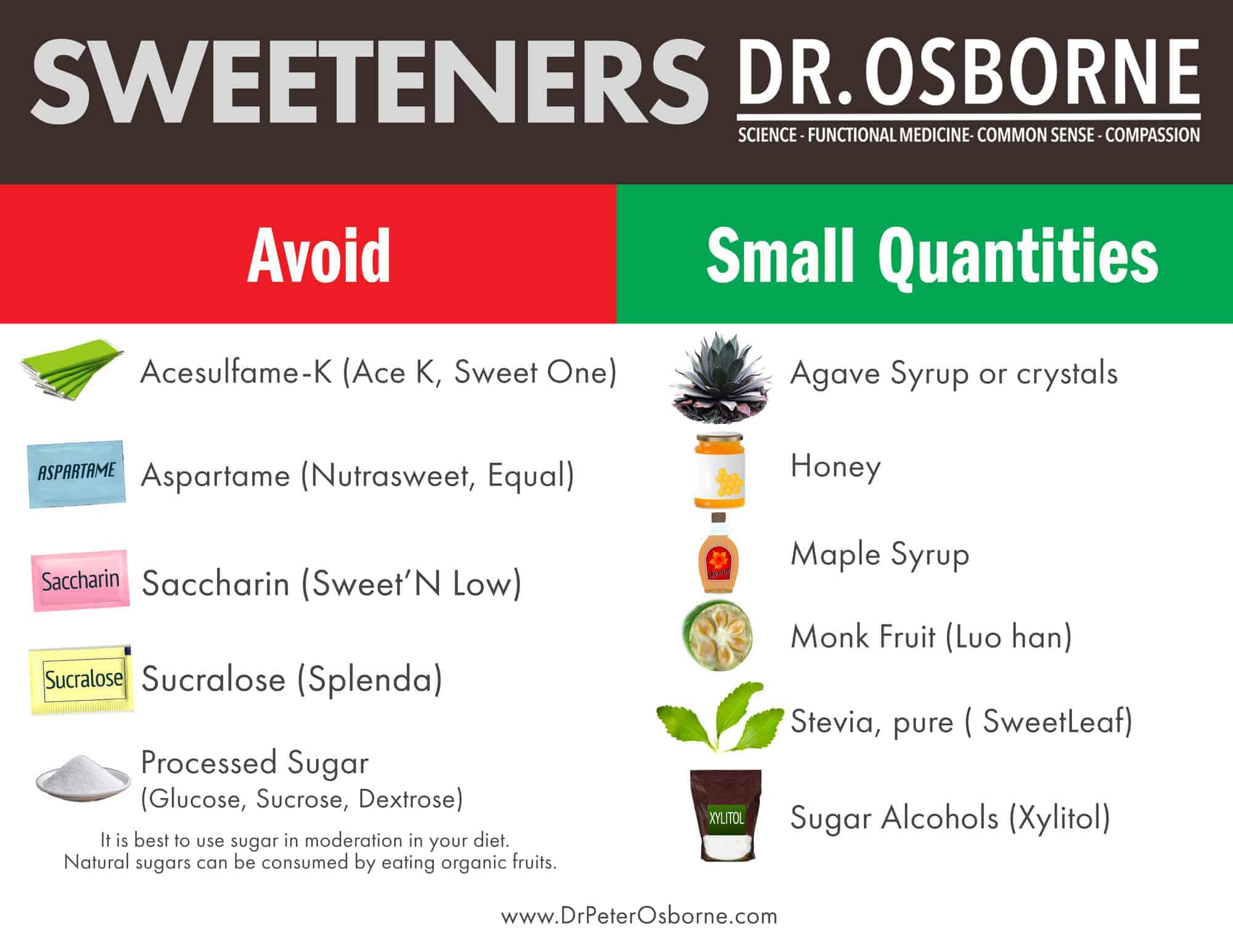new to the gluten free journey?
new to the gluten free journey?

Contents
Toggle

Stay up-to-date with the latest articles, tips, recipes and more.

*These statements have not been evaluated by the Food and Drug Administration. This product is not intended to diagnose, treat, cure or prevent any disease.
If you are pregnant, nursing, taking medication, or have a medical condition, consult your physician before using this product.
The entire contents of this website are based upon the opinions of Peter Osborne, unless otherwise noted. Individual articles are based upon the opinions of the respective author, who retains copyright as marked. The information on this website is not intended to replace a one-on-one relationship with a qualified health care professional and is not intended as medical advice. It is intended as a sharing of knowledge and information from the research and experience of Peter Osborne and his community. Peter Osborne encourages you to make your own health care decisions based upon your research and in partnership with a qualified health care professional.
29 Responses
tnx for info – very informative BUT would be VERY HELPFUL, if after your long list of bad sugars, you did not what sugars to opt for!
Lois,
Just added a diagram above for you 😉
All the best,
Dr. Osborne
What about GALLAN gum?? Why did Google bring me here when I searched “is gallan gum gluten-free” if you don’t list it?!??!?!??!!?????? I bought chocolate milk, organic at 7/11 called 7 select, reduced fat, sadly. i’m experiencing gastric weird noises, moving around. not good for “ORGANIC” milk! :-/
It’s “gellan” & is the 4th gum listed above.
Raw Honey is an excellent substitute sweetner for tea!
So what kind of binder can I use when I bake gluten free?
Ann,
Try using Egg, chia, tapioca, or arrowroot. All work well as binders.
All the best,
Dr. Osborne
My wife is Gluten intolerant and trying to eat gluten free.
From testing, she also has a lesser toxicity to tapioca.
Could you comment on that?
Every one of these have their own issues depending on who it is to consume the final product. Eggs are an allergen, so some folks will be allergic to products containing egg, and others follow a strictly vegan diet won’t eat anything containing eggs. Arrowroot has been blamed to constipation and other digestive irritations. Tapioca is associated with contaminants (cyanide poisoning). Chia seeds are not safe for people with high triglyceride levels and they are suspected to increase the chance of prostate cancer.
And the gum arabic mentioned in the article can cause allergies too. It is also associated with blocking important enzyme activity.
So, no matter how you look at it, everything you eat has issues associated with it. It is ridiculous to suggest to completely cut out foods because of there potentially being issues for certain people at certain dosages. This is equivalent to the proverbial throwing the baby out with the bathwater.
Anyone who has a properly diagnosed allergy or intolerance, will of course have to model their diet around those allergies and intolerances, whatever they may be. But they do not need to model their diet around potential allergies and intolerances of other people, ones they have not been diagnosed with.
As allergies and intolerances vary from person to person, it is irresponsible to give out general avoidance advice. He who has an allergy needs to avoid that allergen, he who does not, does not.
Apart from allergies, it is always about dosages. Anything is unhealthy at an unhealthy dosage. So, the advice should always be to look at the recommended maximum daily intake dosages for substances and then use them accordingly.
This also applies to gelling agents to be used as gluten substitutes in gluten-free foods.
Many of them have maximum daily intake recommendations and one’s consumption should always take that into account.
And most gluten-free food advisors and cooks and bakers generally use too much substitute. Many have a favourite substitute and they tend to recommend and use that, whatever the reason for it may be.
But using only a single gelling agent automatically leads to high dosages. No single gelling agent is powerful enough to do the gelling work by itself and therefore when only a single agent is used, it is always used in much higher dosages than necessary.
This is even the case with gluten. The reason why wheat gluten is so strong is not some magically powerful property. The reason is a synergistic effect between two components, gliadins which contribute viscosity, and glutenins which contribute elasticity. Neither one of these alone would produce a good gelling effect. The effect is synergistic.
It should therefore not be surprising that any substitute for wheat gluten that works equally or at least similarly well, would also have to make use of such a synergistic effect of two (or more) components.
And indeed, many of the gelling agents used in gluten-free foods do exhibit such synergies. For example, xanthan exhibits synergies with locust bean gum, guar gum and konjac. The most powerful synergy is the one between xanthan and konjac. At 1% solution in water, konjac has a viscosity of 29000 cps and xanthan 8000 cps. But when xanthan and konjac are used synergistically, a 0.8% konjac and 0.2% xanthan solution in water has a viscosity of 160000 cps. These figures are taken from the Handbook of Hydrocolloids by Phillips & Williams, Woodhead Publishing. The synergistic effect thus increases the viscosity 20 fold relative to xanthan alone, and 5.3 fold relative to konjac alone. This means, both substances can be significantly reduced to achieve the same gelling effect. For example, in a recipe that requires 5g of xanthan, we can divide the amount by 20, giving 0.25g of xanthan, and multiply that by four, giving 1g of konjac.
It should become clear that by making use of these synergistic effects between certain gelling agents, the total amount of substances can be drastically reduced and thereby the chance that thresholds are surpassed that have an effect on any potential allergies or intolerances is thereby much lower.
One should not use these gluten substitutes alone. One should always make use of synergies and use them accordingly in combination. This is the safest path one can take.
When using the chia, tapioca or arrowroot would you use the same amount as the xanthum required in the recipes?
I was having trouble catching my breath, just felt like I couldn’t get a deep breath. I thought what have I changed in my lifestyle that could cause this chest tension? The answer, xylitol gum. I had been chewing the gum for about a month. Two days after I quit the xylitol I was fine. It certainly isn’t a good substitute for me. I researched online after I discovered the problem and sure enough other people had experienced the same symptom.
All sugar alcohols are as bad as fake sugars. As they get into your bloodstream faster (less processing in the body needed – worse in gums as below the tongue is one of the fastest routes to get medicine into the body (anally is just as fast, but large amounts, therefore more benefit or damages can be done that way).
The only sugar I try to get in LIQUID STEVIA – uses the WHOLE plant – not just parts, and the processing is different than any other type. (This was prescribed to me by my LYME dr as Liquid Stevia has many benefits (lowers/controls blood sugars, natural antibiotic/antimicrobial /antifungal, etc. – Shown to kill Lyme as well as or better than some antibiotics by prescription).
This is incredibly helpful while learning to navigate a diet free from gluten and all dairy. Thank you so much!
That’s great Janille! Glad you find the info useful on your journey 🙂
All the best,
Dr. O
I have been using the dried stevia herb to sweeten my herbal tea. About 1/4 tsp per cup, adjust to your desired sweetness. I order organic stevia herb (cut and sifted) from starwest botanicals.
Stevia is EXTREMELY toxic! I can’t be near it!
Actually Stevia is part of the ragweed family. If you have allergies to ragweed such as marigolds and the such, you may experience an allergic reaction to Stevia. I know my nose was always stuffy and I couldn’t figure out what was doing it until I discovered this reaction was caused by Stevia. I researched sugar substitutes and their effects on the body. Suzy Cohen has a great explanation on Stevia here: https://suzycohen.com/articles/stevia_ragweed/
Or … simply let go of trying to duplicate gluten life with a gluten-free life. We can’t. GF pizza bleh. Maybe pick one or two things you hold on to and let the rest all go by the wayside into the distant past. Keep life simple. People act like some fruit or vegetable and cheese is not a meal if the food isn’t hot and on a plate. People act like trail mix isn’t a meal, but it was for thousands of years. Redefine what a meal is. Let go of what marketing and the USDA have done to our beliefs about food.
Agreed & thank you!
We’ve been programmed to view food a certain way.
We’re better off giving consideration to food on a cellular level instead of catering to our taste buds.
Is Inulin and D-Ribose recommended for a gluten free diet? I’ve read that Inulin is a probiotic for good gut bacteria and that D-Ribose is good for the heart. Are you aware of any negative health issues for those on a gluten free diet if they consume inulin and D-Ribose? Thanks.
William,
Both are gluten free. Inulin, for some, can cause restless legs and bloating.
All the best,
Dr. O
Hi
Thank you very much to you Dr Osborne and lady with same as my name . Wondering where doess She come from ?!
Thank you for all info very Important .
Im gluten & diary free ,as i Have autoimmune disease .
Wish you come to London UK soo
I know now why you recommend steering clear of the processed almond or coconut milks. Thanks for sharing this ! Very informative!
Thank you for all your helpful info!!!
Peter Osborne, can you make coconut milk for all of us??? It would be fantastic for autoimmune disease, or to be dairy free. Thanks
Thank you for the Food Gum portion of article – For years now, noticed that ice cream & nut milks caused my motility to **slow down**. Once I switched to pure 5 ingredient ice cream – no issue! After scouring the web for a connection as suspected the ‘gums’ (no luck), this is the first reference finally found, inadvertently, when researching another subject. Thank you for addressing it.
Stevia is related to the ragweed family. I am very allergic to ragweed and Stevia as well as other plants in the Compositae family like echinacea and camomile. Many people do not know that the Stevia plant is in this family. Be aware that it is not posted and I had to be a detective to determine that this sweetener was causing my mouth erythema…
What about maltodextrin?
Hi Ceciley,
You can read all about maltodextrin right here.
All the best,
Dr. Osborne